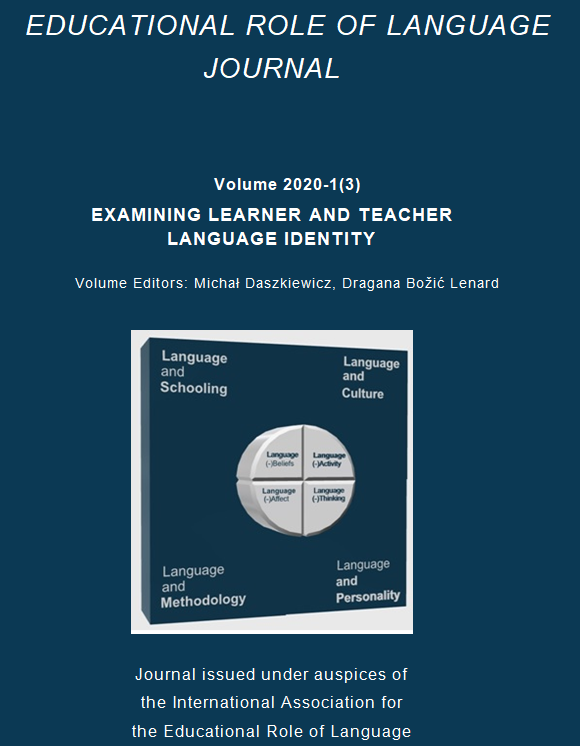Mykhail Suknov, Nataliia Krynska
Kharkiv National University of Radio Electronics, Ukraine; https://orcid.org/0000-0002-7567-9279, https://orcid.org/0000-0002-9307-5241
DOI: https://doi.org/10.36534/erlj.2020.01.01
Bibliographic citation: (ISSN 2657-9774) Educational Role of Language Journal. Volume 2020-1(3). Examining Learner and Teacher Language Identity, pp. 7-16
Abstract
This article aims to contrast examples of teachers’ speech as spoken pedagogic discourse with the written discourse of a Teacher’s book enclosed with an international English language teaching (ELT)). During any EFL (English as a Foreign Language) lesson based on published ELT materials, a teacher uses printed texts of ELT materials, adjuncts and expands them in the learning process according to a particular educational setting and learning needs. The teacher sets tasks from a textbook but articulates them through his/her own interpretation related to local educational paradigm and social ideology. Being a mediator between the written discourse of ELT materials and the learners, the teacher produces his/her speech, which presents another example of pedagogic discourse. Applying methods of critical discourse analysis (CDA) we compare examples of the written discourse of the Teacher’s book (TB) and the teacher’s spoken discourse. We analysed how the latter was developed on the basis of a detailed lesson plan from the Teacher’s book (TB). The comparative analysis reveals a difference between the spoken teacher’s discourse derived from the discourse of ELT materials and the written discourse of the TB in that it shows the dominance of the teacher’s discourse within the local educational paradigm over those who produce such ELT materials.
Keywords: pedagogic discourse, classroom discourse, critical discourse analysis (CDA), written discourse of textbook, teacher’s speech
Go to full Volume 2020-1(3)
Go to Educational Role of Language Journal – main page
Go to International Association for the Educational Role of Language – main page